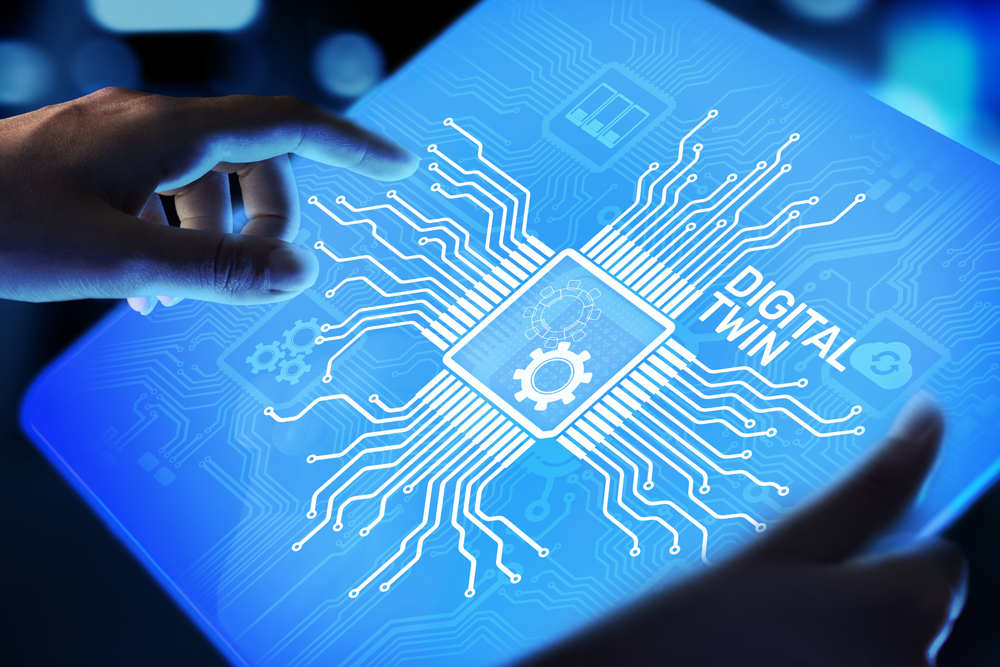As an exact digital replica of something in the physical world, digital twins are made possible thanks to the Internet of Things (IoT) sensors that gather data from the physical world and send it to machines to reconstruct. While the concept of a digital twin has been around since 2002 when Michael Grieves at the University of Michigan first used the terminology, it was IoT technology that made it affordable and accessible to many more businesses. By creating a digital twin, insights about how to improve operations, increase efficiency, or discover an issue are all possible before it happens to whatever it’s duplicating in the real world. The lessons learned from the digital twin can then be applied to the original system with much less risk and a lot more return on investment.
When you take a minute to consider all the ways this could be useful for businesses, it’s easy to see how the potential for digital twin technology is just about limitless. That’s likely why digital twin technology was included on Gartner’s Top 10 Strategic Technology Trends for 2017 and 2018. Gartner predicted there would be 21 billion connected sensors by 2020, making digital twins possible for billions of things.
Resouces: https://bernardmarr.com/default.asp?contentID=1870

